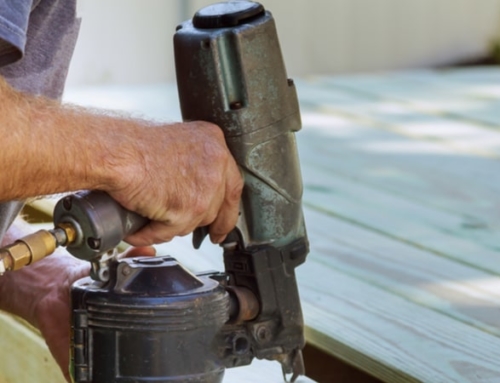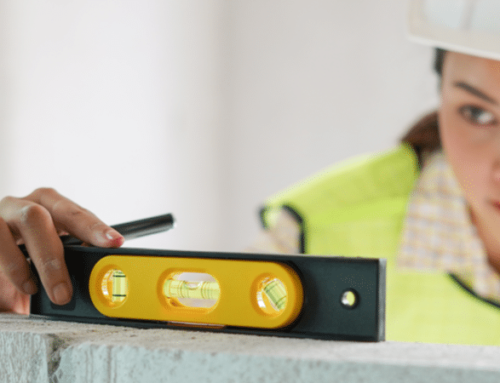Q: I am having a house built and will be closing in a little over a week from now. I noticed that the floor squeaks in a few places in the house.
I am going to inspect the house before the closing and I wanted to know if demanding that the floor does not squeak is too much to ask when I construct the punch list for the developer.
Another thing that’s troubling me is that in the model we looked at, the plumbing in the basement is located in a different place from where they put ours in our house. In the developer’s sales office, we looked at the drawings and on the blueprint for my house, it shows that the plumbing should be where it is. But I liked the location better in the model house.
A: You’re dealing with a couple of different issues, so let’s take them one-by-one.
First, I don’t think your floors should squeak. Floors that are built correctly typically don’t squeak and you may need to investigate further why these floors are squeaking.
Because your floors do squeak, and you’re unhappy with this, you should certainly speak to the builder about the problem and ask that he do something to fix it.
I also think it would be a good idea to hire a professional home inspector to walk through the project with you before you close. The inspector should be able to make sure everything is working correctly in the house, so that you aren’t buying a new house with a lot of new problems.
Be sure to schedule the inspector’s visit as soon as possible. For a list of members of the American Society of Home Inspectors, go to their website, www.ASHI.org. You should also call your real estate agent and ask him for the names of his toughest inspectors.
Be sure to let your contractor know you are coming through the property with an inspector ahead of time, so there is no confusion or hostility on behalf of the builder toward the inspector.
Now let’s address the question of the blueprints and the mechanical systems. When it comes to model homes, often times these homes are built with a lot of extras. And, developers sometimes reroute the plumbing and electrical systems to accommodate these extras.
For example, if the developer puts a home theatre system in the basement, the basement may be extra-deep (10-foot finished ceiling instead of a standard 8-foot ceiling) to accommodate the home theatre system. Or an indoor gym (yes, I’ve seen these), or a putting room (I’ve seen these too). Plumbing may be rerouted because the developer decides to put a heating system into the concrete floors.
Unless you specifically bought these upgrades, and redesigned your blueprint to accommodate them, there’s no reason why your plumbing or electrical would go anywhere else than where they were drawn on the blueprint.
If you wanted to make a change, the time to let the builder know would have been at the beginning of the project, not the end.






Leave A Comment